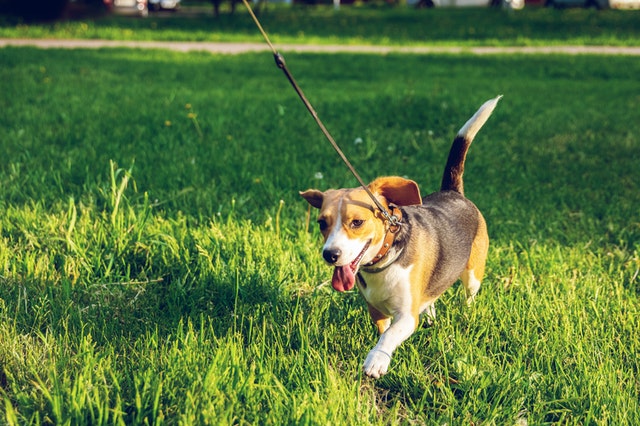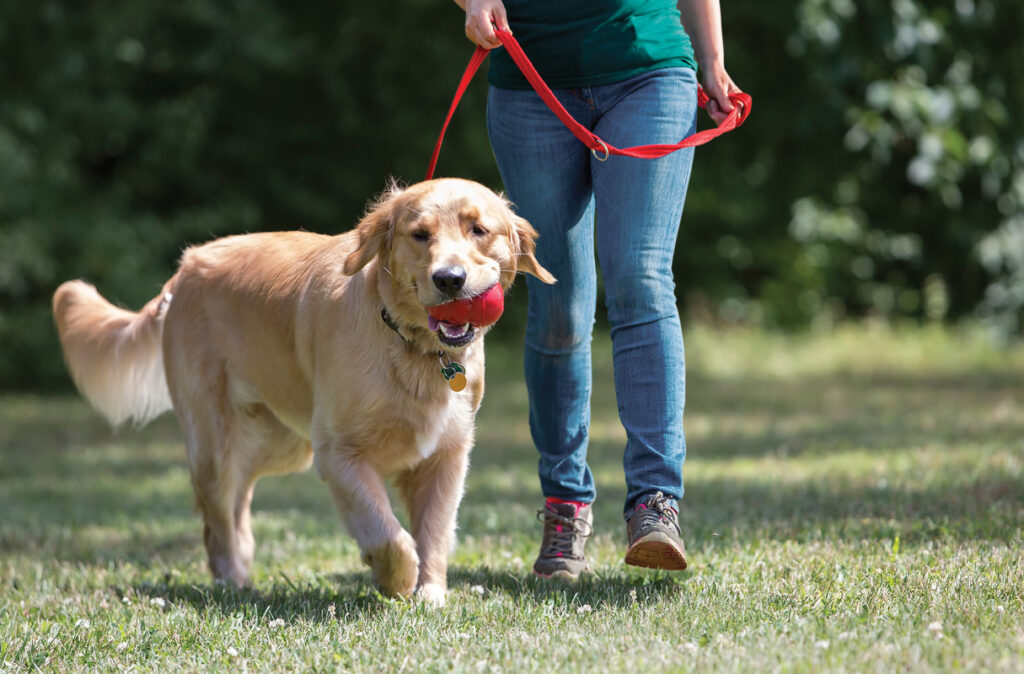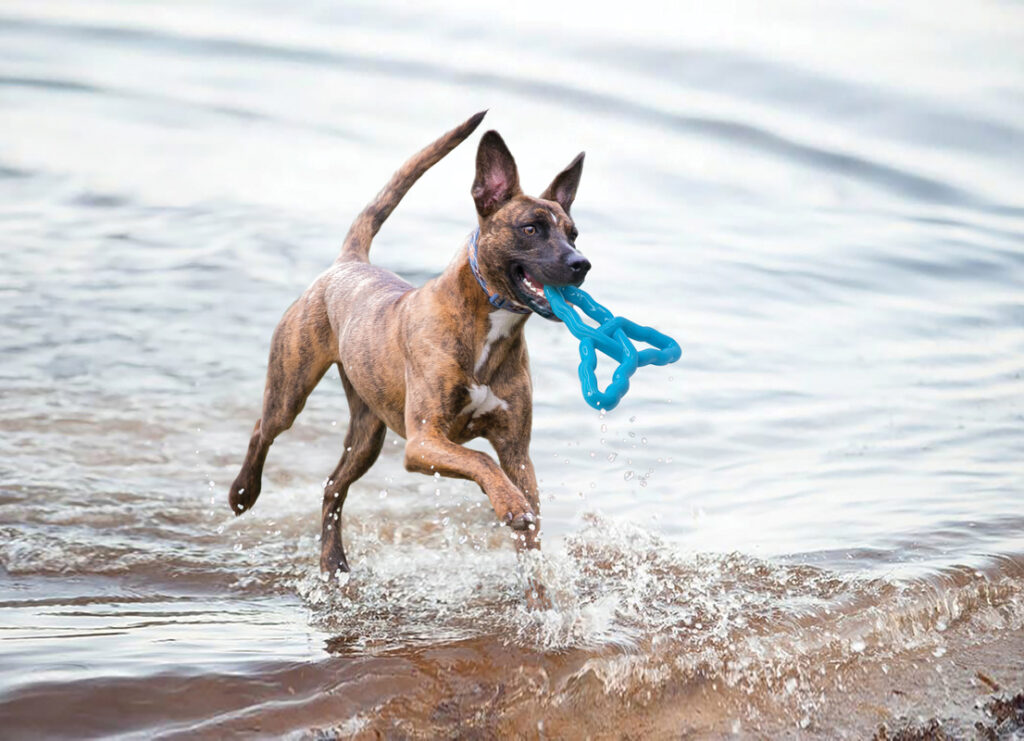How Much Exercise Does a Dog Need?
Like us, dogs need exercise in order to be healthy both physically and mentally, but there’s no one-size-fits-all answer because it really depends upon the size, breed, age, and current state of health of your furry friend. For example, a seven-month-old Dalmatian puppy is going to need more exercise than a five-year-old Basset Hound. Senior dogs of all breeds aren’t off the hook when it comes to moving around; they just need shorter bursts of activity. If you’re not sure if your dog is an active breed or a more low-key one, speak to your pup’s vet to ensure you’re meeting your furry friends needs.
Exercise and Playtime Best Practices
As a general rule of thumb, most dogs need between 30 and 60 minutes of physical activity each day. As with a child, you’ll know when your pooch has had enough because they’ll start to slow down. Here are some general guidelines to ensure that your dog is getting enough exercise.
- Most dogs have an abundance of energy, but puppies and younger dogs are in a category of their own. If they don’t get enough exercise, your pup is likely to show destructive behavior, such as digging and chewing (or even destroying) items in your home. Along with physical activity, you can sign up for a KONG Club monthly subscription help to address exercise, mental stimulation, and behavioral issues.
- Routine walks aside, active breeds also need a minimum of 30 minutes of intense aerobic exercise, preferably on a daily basis. If you have a fenced-in yard, you could let them loose to run around. Dog parks also cater to this need.
- Make time for extra exercise after a long winter of spending time indoors. It will help negate any potential weight gain while providing the necessary mental stimulation for dogs who may have had the blues during this period. Signs of depression include a change in eating habits (too much or too little), loss of interest, a change in sleeping patterns, excessive licking or biting, and hiding/avoidance.
- Mix up your dog’s routine so that they’re utilizing different muscles. Maybe find a hiking path or route with a more varied incline or take them with you (leashed) on your next run or bike trip. Not only is this good for their body, but it’s also good for their mind!
- When it comes to how often you should walk your dog, again, it depends on all of the aforementioned factors, such as breed, age, etc. However, experts suggest you walk your dog at least twice a day for a minimum of 10 minutes at a time, but three to four times per day is ideal. Most dogs can handle a good 15–30 minute walk.
How to Walk Your Dog to Keep Them Stimulated
What makes a good dog walk? For many, just walking doesn’t do enough to stimulate them mentally. Improve the effectiveness of your walks together by regularly changing up your routes; allow your dog to stop, sniff, and check things out, arrange playdates with other fur balls, take your dog while you run errands, take a pause and toss a frisbee or ball around, or incorporate reward-based training techniques (sit, stay, come, etc.) into your jaunts. Because two is better than one, there are also games to play with your dog. For example:
- Create your own agility/obstacle course: You need not drag a bunch of equipment, simply take the stairs, weave between objects, let your pup hop up on a park bench—basically anything that forces them to move and think differently.
- Play treasure hunt: Pack some treats in your pocket and randomly toss them throughout your walk while your dog is distracted. Encourage them to look for it until they reward themselves with their findings. Along with being amusing, this game also helps your dog stay focused on you and not other people and pets because it’s a mentally stimulating challenge.
- Take the lead: When you take the lead of the leash, it’s a lot like a human game of follow the leader. When your dog starts to go one way, you veer in the opposite direction so that they’re following you—not the other way around.
- Keep changing your pace: Speed up, slow down, walk, jog, stop, go. Make variances in your walk so it’s not the same old thing. It will keep your furry friend on his/her paw pads.
Exercise with KONG Club
How do you make sure your dog gets enough exercise? Do you have a special workout routine with your dog? Jumpstart your daily workout routine by talking with a KONG Club pet coach for ideas to keep you and your dog active. Tell us a little bit about your furry friend and we’ll take care of the rest!



